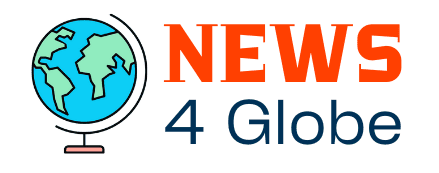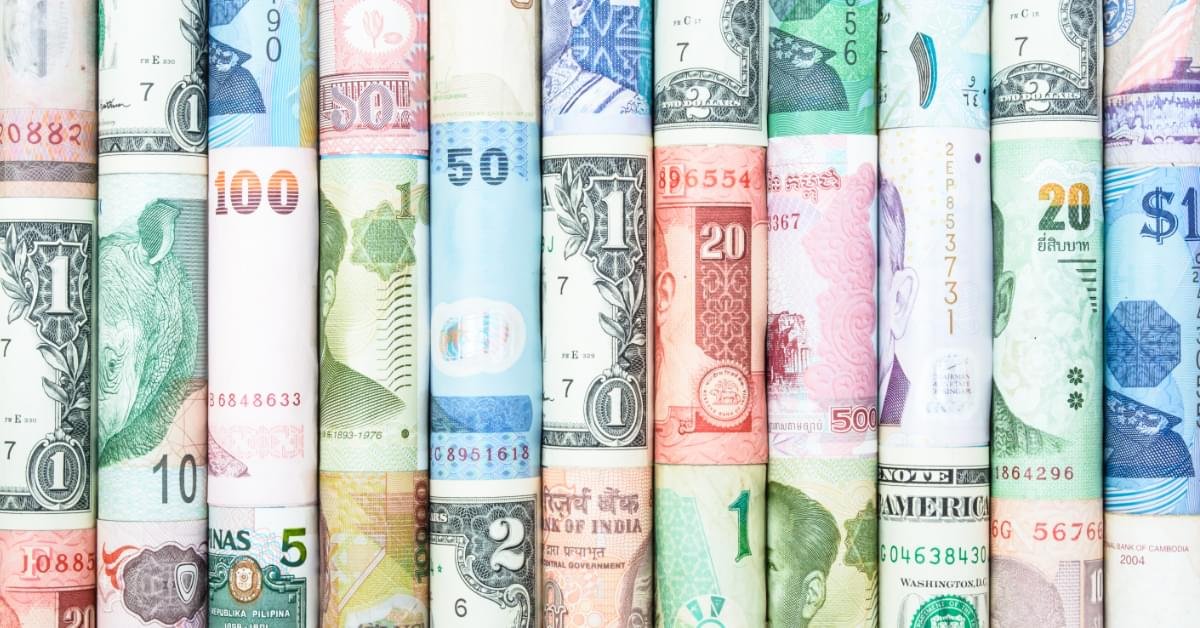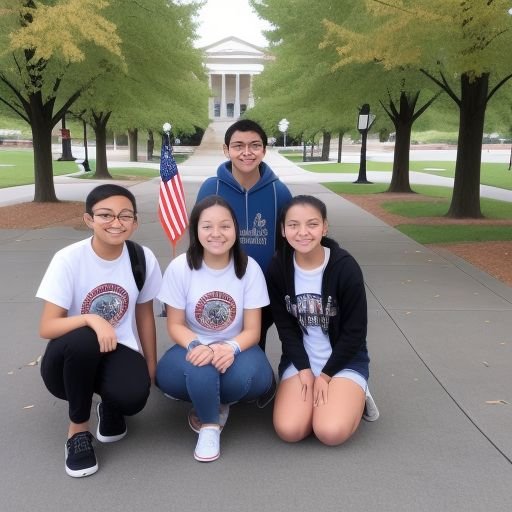If you want to travel to a country other than your home country, you need to exchange the currency, as your country’s currency will not work there. But do you know what exactly determines the exchange rate?
The straightforward answer is demand and supply in the country for which currency is exchanged. Exchanging currency helps people travel easily around different countries.
This article will give you a brief knowledge of how the currency rate is determined, its history, and the factors that determine the exchange rate of the currency.
Brief History Of How This System Of Exchange Took Place
Before knowing how currency exchange rates are determined, you must know a brief history of how this system of exchange came into existence.
1] Barter System
In ancient time, people used to exchange goods and services by giving something in return instead of money, as money did not exist at that time. For example, if a farmer was in need of iron and the blacksmith was in need of wheat. Then, both can exchange the items with one another.
2] Introduction Of The Coin
The first standardized currency was a coin made of gold, silver, and copper, issued in the 7th century. This coin became the first medium of exchange worldwide.
3] Paper Money
Around 1020 AD, paper currencies were issued to avoid carrying heavy metal coins. These notes were backed by governments and could be exchanged for goods and services.
4] The Medieval Period Saw The Birth Of Banks And The Issue Of Bills Of Exchange
Then came the Middle Ages, when banks were established and issued bills of exchange, which were used for cross-border transactions.
5] The Gold Standard
After the medieval period, the gold standard informally ensured that currencies could be converted into a fixed amount of gold. Major economies held down a specific amount of gold, and the exchange rate was determined by the differences in gold prices.
6] Bretton Woods Agreement
In 1944, after the end of the Second World War, representatives of 45 countries signed an agreement. It was decided that the US dollar would be the international reserve currency. An agency was established to look after global economic activities, known as the International Monetary Fund (IMF).
7] End Of The Gold Standard In 1971
The gold standard faced challenges during World War and failed to fulfill the gold standard. Then, in 1971, the US president ended the dollar convertibility into gold.
8] Modern Currency Exchange
In today’s world, we follow floating exchange rates, where currencies are exchanged on the basis of demand and supply. The forex market is the largest financial market globally, with facilities for currency trading and investments.
After knowing the history of how currency exchange started, you can go through regimes that determine the currency exchange rate.
Currency Rate Regimes That Determine The Exchange Rate
Currency prices can be determined in two ways.
- Floating exchange rates are the relative value of a country’s currency determined by demand and supply factors prevailing in the foreign exchange market.
- Fixed exchange rates are regimes applied by the government or central bank ( in India, RBI) that tie the value of one’s own country to the value of other widely used currencies like the dollar, euro, etc.
After you go through the ways to determine the currency, here are the factors that determine the exchange rate.
Factors That Determine The Exchange Rate
1] Gross Domestic Product (GDP)
GDP may be defined as a monetary measurement of the market value of the final output produced within the country for a particular time period. If a country’s GDP rises, its currency value increases, and vice versa. When the economy declines, currency values depreciate (a decrease in the value of assets). Exports play a vital role in GDP calculation. When a country’s foreign exports exceed its imports, its GDP rises.
To calculate the exchange rate, you first have to calculate your country’s GDP and then compare it with other countries’ GDP, as comparing GDP between two countries requires a common currency. This common currency acts as a medium of exchange between two countries worldwide.
2] Supply And Demand Of Foreign Exchange Market
If the demand for foreign currency increases, its rate of exchange must continue, and if supply exceeds demand, then the rate will decline. When goods and services are imported in foreign currency, and the importer makes the payment, this leads to foreign exchange.
For example, if you are doing business importing machines from the USA, then you have to make payments in dollars, and you belong to India, where you deal in INR (Indian Rupee). So you have to get it converted into a dollar, for which you have to visit an exchange, and then you can easily make payment in dollars.
If the price of the machine is Rs 10,000, and you want to convert it into $ and the exchange rate is 1$ = Rs 82.84, then the cost of the machine will be $120.68895
3] Market Interest Rate
The market interest rate plays a vital role in determining the currency exchange rate. As the interest rate increases, the value of the country’s currency increases. When a country’s interest rate is low, foreign investors show less interest in investing as lower ROI( return on investment) discourages them.
For example- when the COVID-19 pandemic hit all over the world and the world economy was declining, the US government increased its interest rate. This helps them to keep from declining and strengthens the value of the US dollar, allowing them to emerge as a superpower again.
4] Unemployment Rate In Each Other Countries
The unemployment rate has an indirect relationship with the forex market. If unemployment is high in any country, then the country‘s currency is weak, and vice versa. The unemployment level is watched by investors as an overall indicator of growth and development. Thus, to build a strong economy, one must improve the employment level of the country.
For example, India was listed in the 7th position in the year 2018, but as the economy got a boost and more employment was generated, the Indian economy rose to 5th position and is still assumed to achieve the 3rd position in the next 5 years.
Over To You
As time passed, the way of exchanging money also changed, from exchanging goods and services to the issue of modern currency. Money has evolved, and so has the way of exchanging it. I hope that after reading this article, you will have great information on how the exchange rate of currency is determined.




